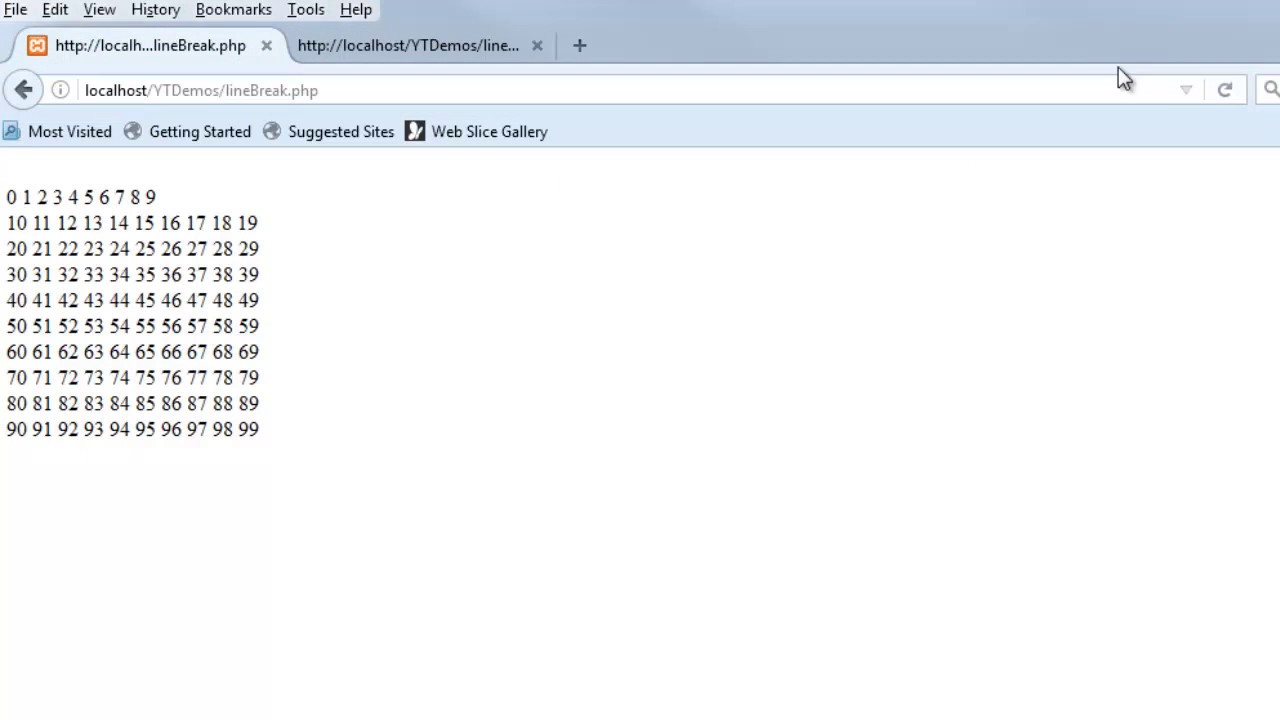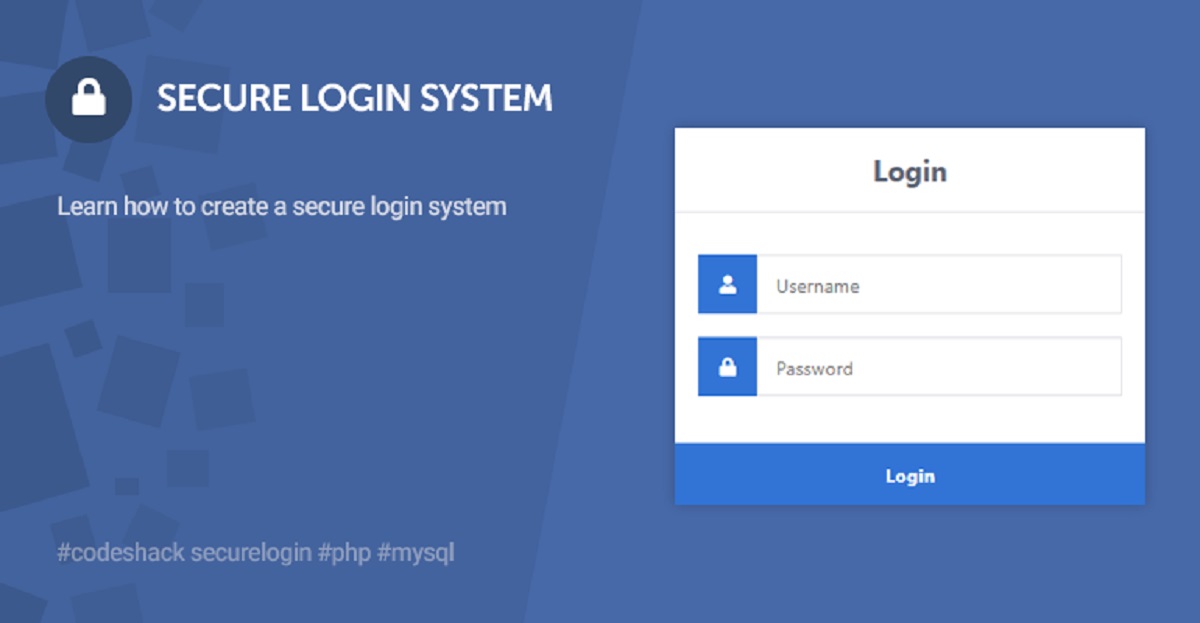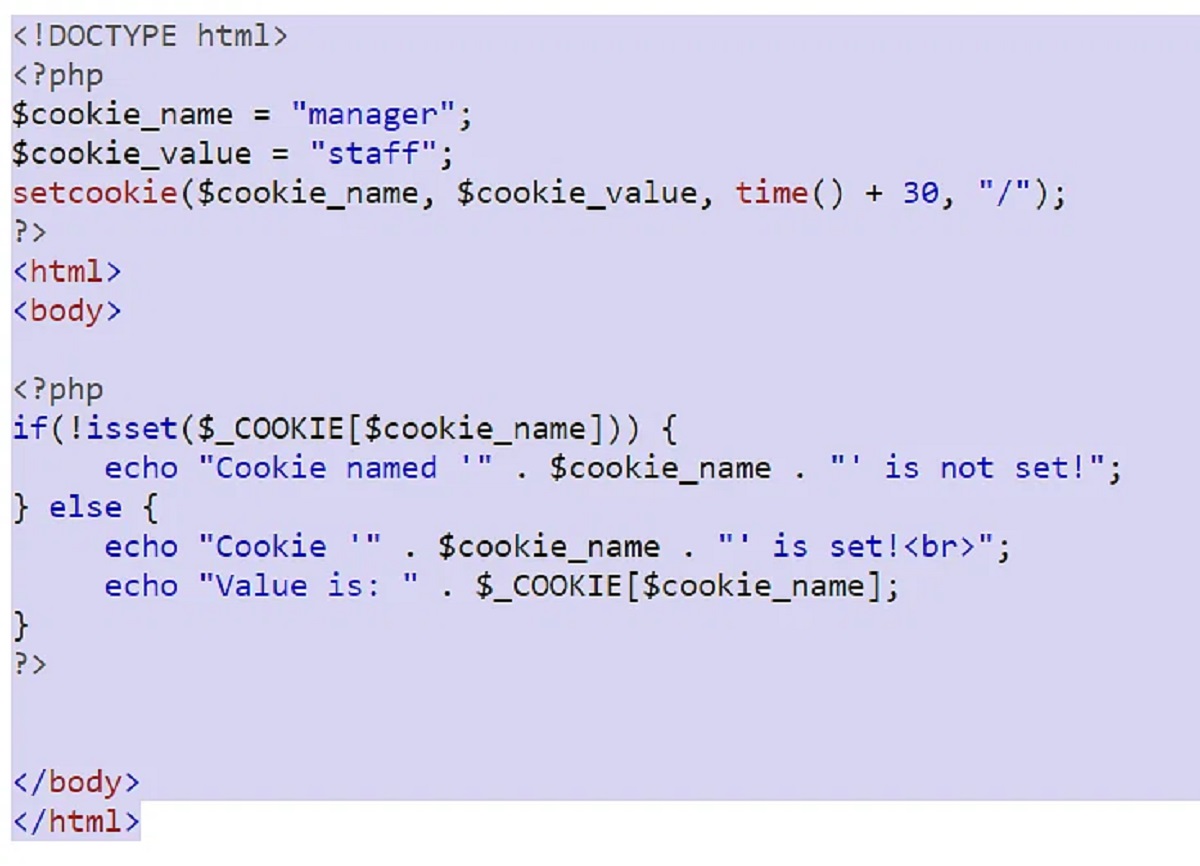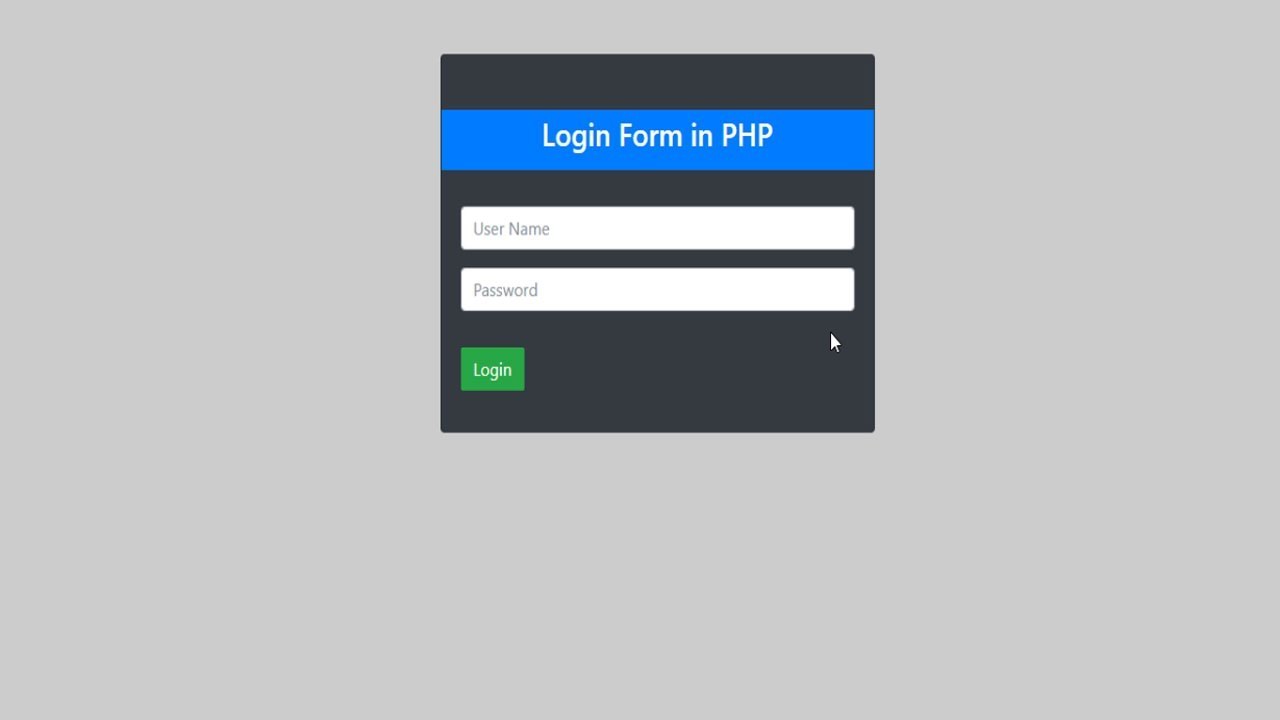Introduction
Sessions are an essential part of web development, allowing developers to store and retrieve data specific to each user browsing their website. In PHP, sessions provide a way to maintain user-specific information across multiple pages or interactions. It is crucial to be able to check if a session exists before performing certain actions or accessing session variables.
In this article, we will explore various methods to check if a session exists in PHP. We will discuss different techniques and functions that will help you determine whether a session has been started or not. By the end, you will have a clear understanding of how to implement session existence checks in your PHP projects.
Having the ability to check if a session exists can be quite useful in several scenarios. For example, you may want to redirect users to a login page if they try to access a restricted area without being logged in. Additionally, you might need to determine whether to display a personalized greeting or show a generic message based on whether a session is active or not.
Now, let’s dive into some of the common methods used to check if a session exists in PHP.
What is a session in PHP?
In PHP, a session is a way to store data that is specific to each user across multiple requests or interactions with a website. It allows you to maintain user-specific information without relying on cookies or passing data through URLs.
When a user visits a website, PHP generates a unique session ID for that user. This session ID is typically stored on the server’s side, and a corresponding cookie is sent to the user’s browser to maintain the session ID. The session ID serves as a reference to retrieve the stored session data for that particular user.
Sessions are also secure by default. The session data is stored on the server and not accessible or modifiable by the user. The only thing the user has access to is the session ID stored in a cookie, allowing them to retrieve their specific session data.
Sessions are commonly used for various purposes, such as user authentication, shopping carts, and personalized user experiences. They provide a convenient way to store and retrieve data as the user navigates through different pages or interacts with the website.
It’s important to note that sessions have a limited lifespan. By default, a session will last until the user closes their browser or remains inactive for a specified period of time. However, you can also set a specific session timeout value to control the session’s duration.
In PHP, the session data is stored in a special file on the server, typically in the default session save path. Alternatively, you can configure PHP to store session data in a database or other storage mechanisms.
Now that we have a clear understanding of what a session is in PHP, let’s explore how to check if a session exists using various methods.
Why would you want to check if a session exists?
Checking if a session exists is crucial in many scenarios within web development. Here are a few reasons why you might want to verify the existence of a session:
- User Authentication: Sessions are often used to manage user authentication. By checking if a session exists, you can determine whether a user is logged in or not. This information can be used to grant or restrict access to certain parts of your website.
- Personalized User Experience: Sessions allow you to store user-specific data, such as preferences or settings. By checking if a session exists, you can ensure that you only access and display personalized information when it is available.
- Session Timeout: Sessions have a limited lifespan, with a timeout set either by the browser or by your server configuration. By verifying if a session exists, you can handle situations where a session has expired and take appropriate actions, such as redirecting the user to a login page or displaying a message.
- Shopping Carts: If your website includes an e-commerce platform, sessions are commonly used to store the items added to a user’s shopping cart. By checking if a session exists, you can determine whether the user has items in their cart and provide appropriate functionality, such as displaying the cart contents or allowing them to proceed to checkout.
- Permission-Based Access: If your website has multiple user roles or levels of access, you can use sessions to manage permissions. By checking if a session exists and validating the user’s role or access level, you can ensure they have the necessary privileges to perform certain actions or access specific resources.
By checking if a session exists, you can effectively manage user interactions, personalize the user experience, ensure security, and implement various features in your website or web application. It allows you to handle different scenarios based on the presence or absence of an active session.
Now that we understand the importance of checking if a session exists, let’s explore different methods to accomplish this task using PHP.
Method 1: Using the isset() function
One of the simplest and most common ways to check if a session exists in PHP is by using the isset() function. The isset() function is a built-in PHP function that checks if a variable is set and not null.
To check if a session exists, you can use the isset() function on the $_SESSION superglobal array. The $_SESSION array contains all the session variables and their values. If the session is active and there are variables stored in it, isset($_SESSION) will return true. If the session has not been started or there are no variables in the session, isset($_SESSION) will return false.
Here’s an example of how to use the isset() function to check if a session exists:
if (isset($_SESSION)) {
echo "Session exists!";
} else {
echo "Session does not exist!";
}
In the above code, we first use the isset() function to check if the $_SESSION superglobal is set. If it is, we output “Session exists!”. Otherwise, we output “Session does not exist!”.
Using isset() to check for the existence of a session is a simple and effective method. However, it’s important to note that isset() will return false if the session has been started but there are no variables stored in it. If you want to check if the session is both active and contains variables, you can use isset($_SESSION[‘variable_name’]) to check for the existence of a specific session variable.
Now that we have explored the isset() function, let’s move on to another method of checking if a session exists in PHP.
Method 2: Using the session_status() function
Another method to check if a session exists in PHP is by using the session_status() function. The session_status() function is a built-in PHP function that returns the current status of the session.
The session_status() function returns one of four possible values:
- PHP_SESSION_DISABLED: If sessions are disabled on the server.
- PHP_SESSION_NONE: If sessions are enabled but no session currently exists.
- PHP_SESSION_ACTIVE: If sessions are enabled and a session is currently active.
To check if a session exists, we can use the session_status() function and compare its return value to PHP_SESSION_ACTIVE. If the return value is PHP_SESSION_ACTIVE, it means that a session exists. If it is PHP_SESSION_NONE, it means that sessions are enabled but no session currently exists.
Here’s an example of how to use the session_status() function to check if a session exists:
if (session_status() === PHP_SESSION_ACTIVE) {
echo "Session exists!";
} else {
echo "Session does not exist!";
}
In the above code, we use the session_status() function to check if the current session status is PHP_SESSION_ACTIVE. If it is, we output “Session exists!”. Otherwise, we output “Session does not exist!”.
Using the session_status() function provides a more direct way to check the status of the session without specifically checking for session variables. It gives you more control and flexibility in handling sessions in PHP.
Now that we have explored the session_status() function, let’s move on to another method of checking if a session exists in PHP.
Method 3: Checking the session_id() value
Another method to check if a session exists in PHP is by checking the session_id() value. The session_id() function is a built-in PHP function that returns the current session ID.
To check if a session exists, we can use the session_id() function and validate its value. If the session ID is not empty, it means that a session exists. In PHP, the session ID is generated when a session is started and stored in a cookie or passed through URLs.
Here’s an example of how to use the session_id() function to check if a session exists:
if (!empty(session_id())) {
echo "Session exists!";
} else {
echo "Session does not exist!";
}
In the above code, we use the session_id() function to get the current session ID. Then, we use the empty() function to check if the session ID is not empty. If it is not empty, we output “Session exists!”. Otherwise, we output “Session does not exist!”.
Checking the session_id() value provides a straightforward approach to determine if a session exists. It directly verifies the presence of a session ID, which indicates the existence of an active session.
Now that we have explored the session_id() function, let’s move on to another method of checking if a session exists in PHP.
Method 4: Using the session_name() function
The session_name() function in PHP is used to get or set the name of the current session. It allows us to retrieve the name of the session that has been started or to set a custom name for the session.
To check if a session exists, we can use the session_name() function and validate its value. If the session name is not empty, it means that a session exists. The session name is typically set when a session is started using session_start().
Here’s an example of how to use the session_name() function to check if a session exists:
if (!empty(session_name())) {
echo "Session exists!";
} else {
echo "Session does not exist!";
}
In the above code, we use the session_name() function to get the current session name. Then, we use the empty() function to check if the session name is not empty. If it is not empty, we output “Session exists!”. Otherwise, we output “Session does not exist!”.
Checking the session_name() value can be useful in scenarios where you want to verify the presence of a custom-named session. It allows you to ensure that a session with a specific name exists before performing further actions.
Now that we have explored the session_name() function, we have covered various methods to check if a session exists in PHP. Let’s summarize what we have learned in the next section.
Conclusion
In this article, we have explored different methods to check if a session exists in PHP. By determining whether a session is active or not, we can implement various functionalities and provide personalized experiences for users on our websites or web applications.
First, we discussed the isset() function, which allows us to check if the $_SESSION superglobal array is set. By using isset($_SESSION), we can determine if a session exists or not. This method is simple and effective, but it only checks for the existence of session variables, not the session itself.
Next, we explored the session_status() function, which returns the current session status. By comparing the return value to PHP_SESSION_ACTIVE, we can verify if a session exists. This method provides more control and flexibility in handling sessions.
We also looked at checking the session_id() value. By validating the session ID using the session_id() function and checking if it is not empty, we can determine if a session exists. This method directly verifies the presence of an active session.
Lastly, we discussed using the session_name() function. By retrieving the session name using session_name() and checking if it is not empty, we can confirm the existence of a session. This method is useful when dealing with custom-named sessions.
Having the ability to check if a session exists is essential in implementing proper session management and providing seamless user experiences. Whether it is for user authentication, personalized content, or managing shopping carts, understanding how to determine the existence of a session in PHP is a valuable skill for any web developer.
Now that you have learned different methods to check if a session exists, you can choose the approach that best suits your application’s requirements and enhance the functionality and security of your PHP projects.

























